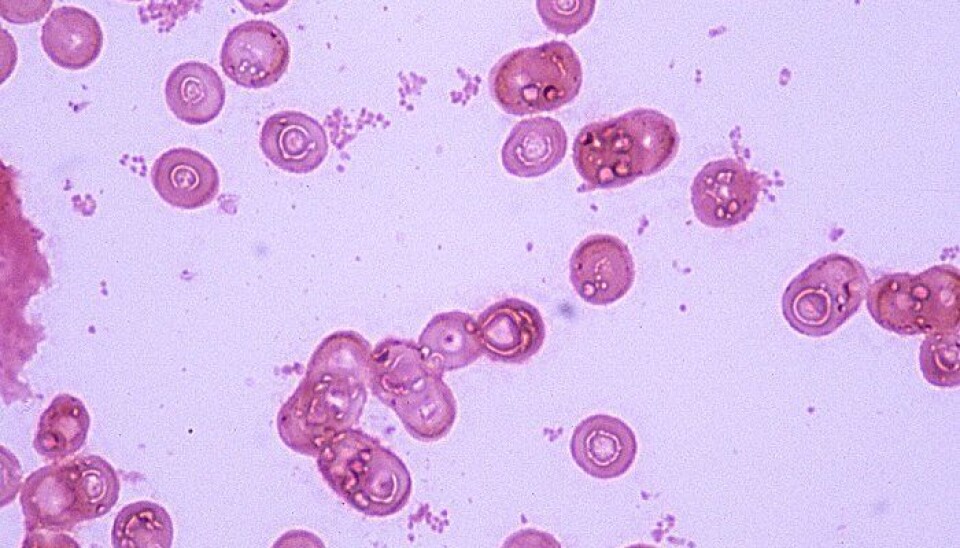
Cunning respiratory bacteria help each other survive
Swedish research reveals how bacteria supply each other with vital iron.
Bacteria can’t survive without iron – which is a problem if you’re located inside the human body, where iron is rather hard to come by.
An obvious solution is to extract iron from blood proteins, although that’s easier said than done.
“Iron is tightly bound in the body, but bacteria try to get hold of it in different ways,” says Professor Kristian Riesbeck at Lund University.
Earlier findings have revealed one of their tricks - the bacterium has a shape that matches particular proteins, causing them to attach to the bacterium and enabling uptake of iron.
Sharing with nearby bacteria
Lab analyses carried out by Riesbeck and colleagues have now shown that the bacterium not only ensures adequate iron supply for its own needs, but actually shares surplus iron with nearby Haemophilus bacteria that are running low.
“Using a particular protein enables Haemophilus bacteria to supply each other with iron, helping their overall chance of survival,” Riesbeck explains.
“The fact that the bacteria cooperate in this way is a discovery that will affect future research and development of vaccines and treatments,” he says.
The bacterium binds iron to a protein called ‘Protein E’ for the iron transfer. Protein E’s particular structure makes it an effective storage pool for iron.
“To our knowledge this is the first report showing that H. influenzae can share hemin via a surface-located outer membrane protein,” the researchers state in their report.
Potential vaccine
The new findings suggest that Protein E is crucial for Haemophilus influenzae – which makes it a potentially effective vaccine, according to PhD-student Tamim Al Jubair in the Lund research team.
”Protein E is a strong candidate as a vaccine against infections common amongst patients suffering from COPD [chronic obstructive pulmonary disease]. It’s currently being tested in clinical trials,” says Al Jubair.
The team is planning to explore whether other bacteria, such as pneumococcus, also use Protein E to transfer iron.
Pneumococcus and Haemophilus are the most common bacteria involved in respiratory infections.









